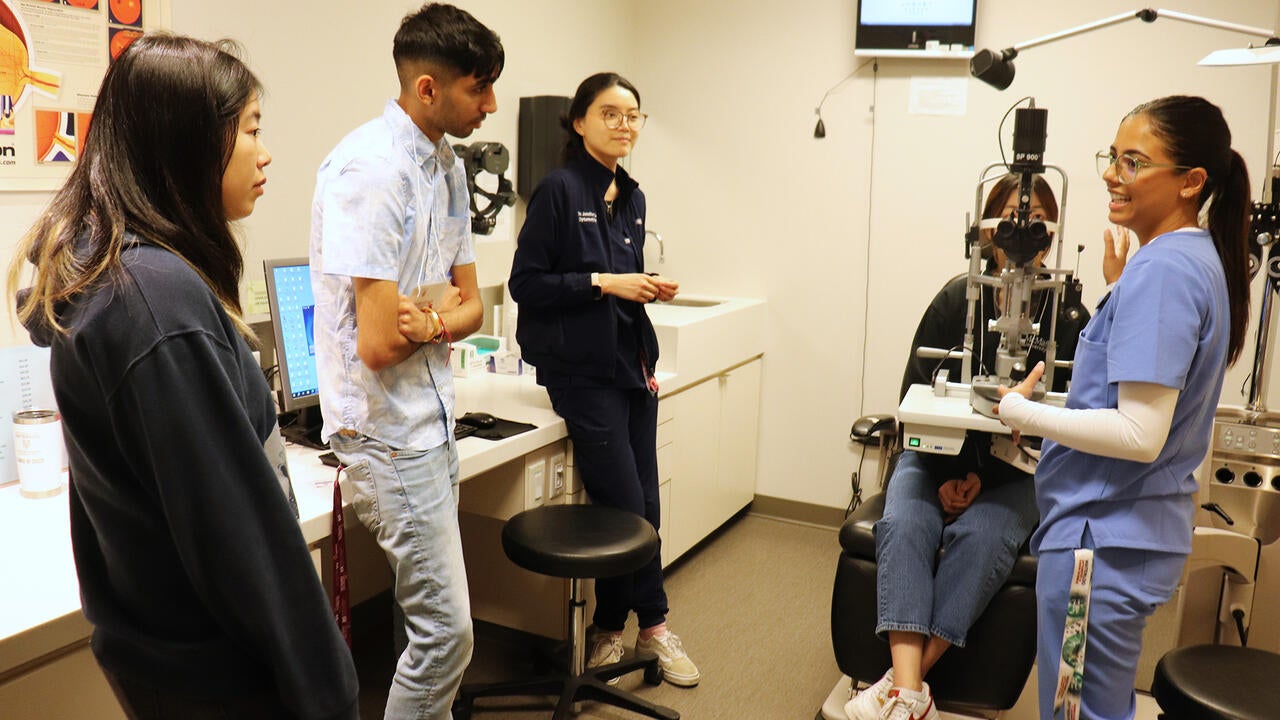
Eye Day introduces medical students to eye and vision care
Students learn from optometrists and ophthalmologists at the University of Waterloo School of Optometry & Vision Science

Students learn from optometrists and ophthalmologists at the University of Waterloo School of Optometry & Vision Science
By Karen Kawawada School of Optometry & Vision ScienceA family doctor might see a toddler with conjunctivitis. An emergency room doctor might see someone with a retinal detachment or stroke patient with vision symptoms. An endocrinologist might see a patient with diabetes who’s experiencing blurred vision. These are just a few of the reasons why physicians need to know eyes.
To provide hands-on learning about eye and vision care for future physicians, the University of Waterloo School of Optometry & Vision Science recently hosted medical students from the Waterloo Regional Campus of the McMaster University Michael G. DeGroote School of Medicine for the first Eye Day since the COVID-19 pandemic.
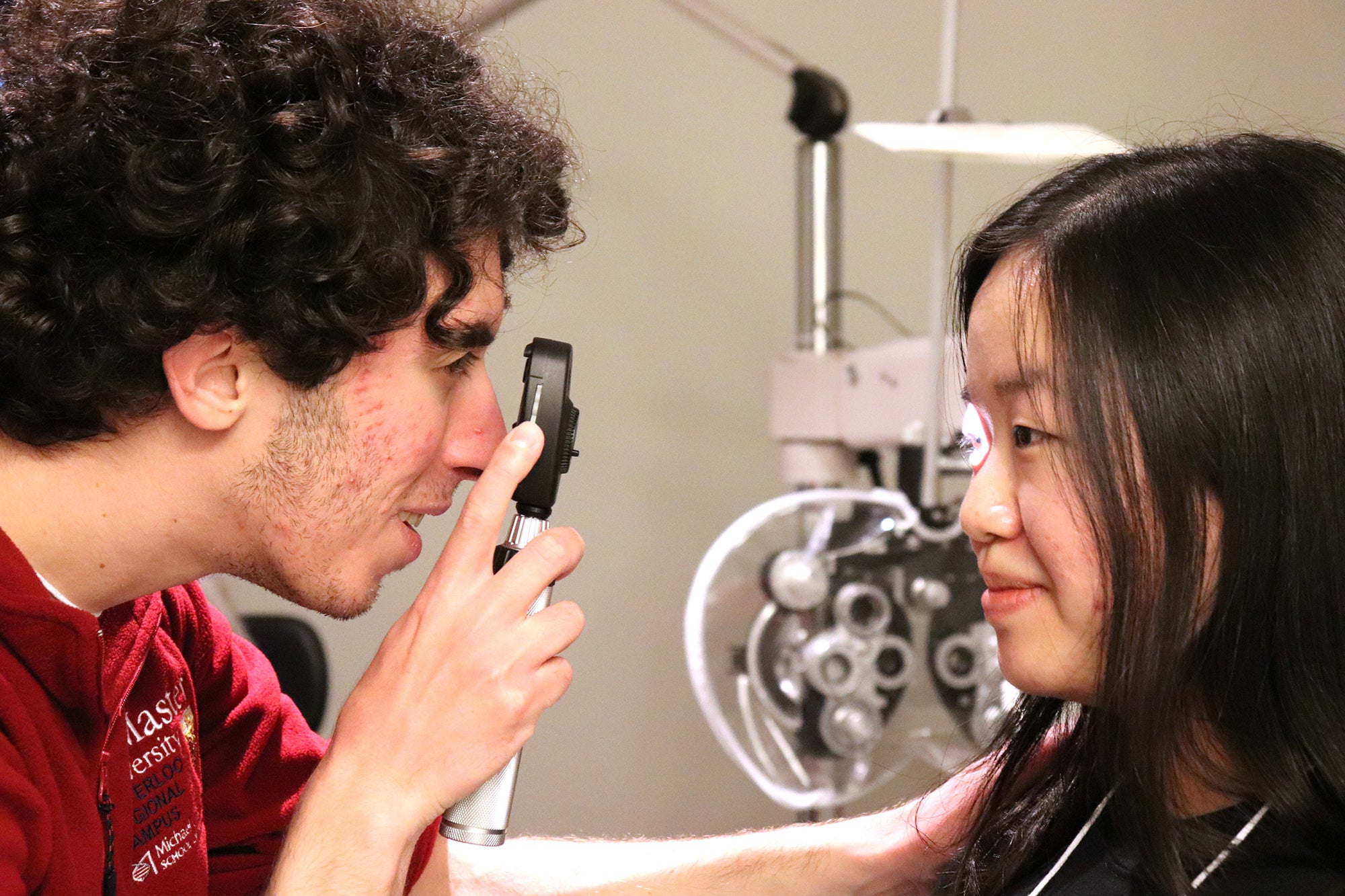
Held at the Health Sciences Optometry Clinic in downtown Kitchener, the labs and workshops were put on by the School’s faculty members, optometrists, residents and student interns in conjunction with two new local ophthalmologists, Drs. Carl Shen and Kevin Wong. Dr. Chryssa McAlister, another local ophthalmologist, also gave a lecture.
“We’re reviewing basic eye tests that students can learn and apply within a family medicine practice or the emergency room,” said staff optometrist Dr. Sandip Randhawa. “This will help them learn to deal with eye emergencies they may encounter and help guide them in their management of sight-threatening conditions.”
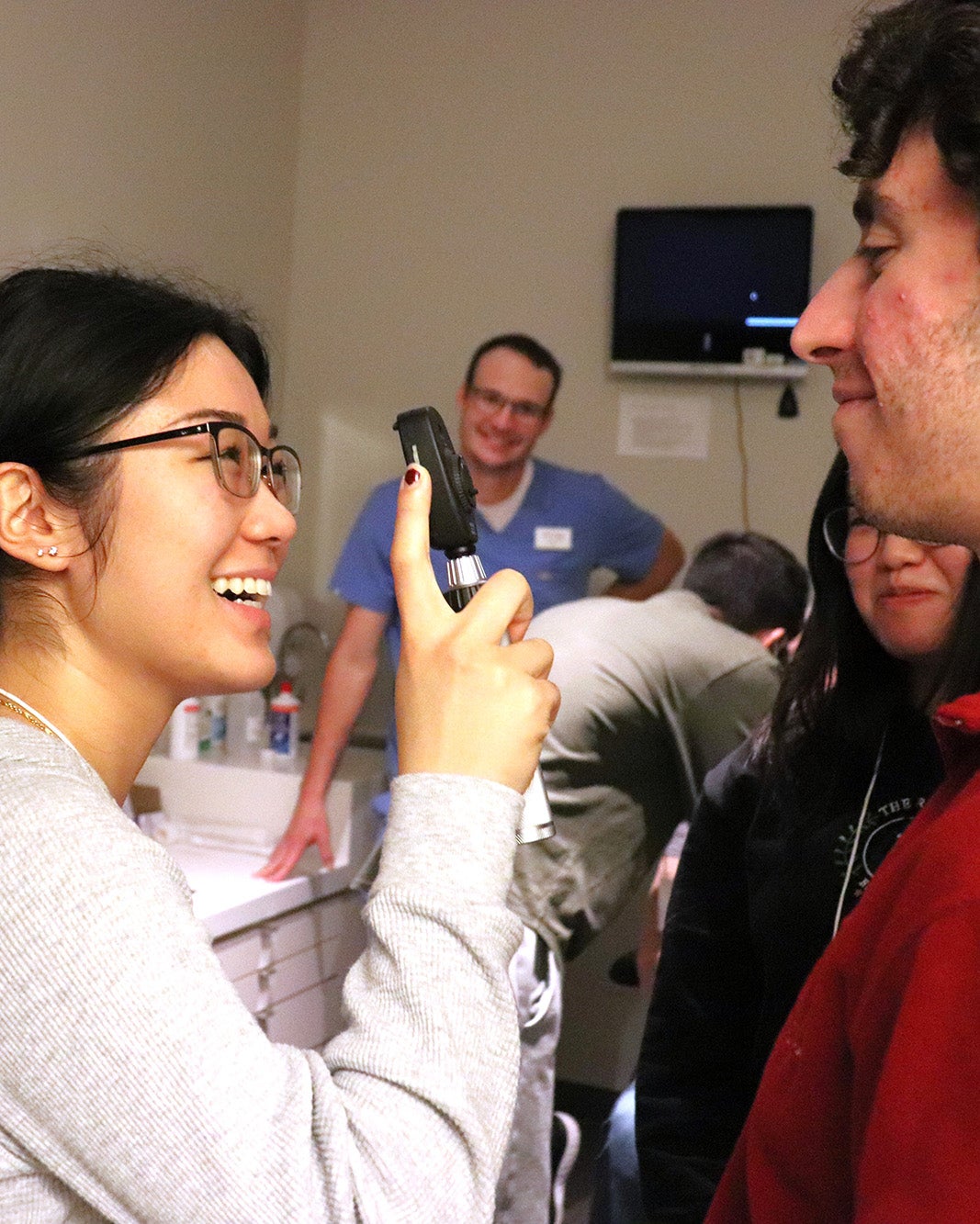 “As primary eye care providers, we’re demonstrating our scope of practice, showing medical students what we do and how optometrists provide care to the community,” said Dr. Lisa Woo, clinic head of the Health Sciences Optometry Clinic. “It’s an opportunity to highlight how optometry may play a positive role in the patient pathway to help address urgent care needs. Getting the right care at the right time, in the right place, benefits the health system too.”
“As primary eye care providers, we’re demonstrating our scope of practice, showing medical students what we do and how optometrists provide care to the community,” said Dr. Lisa Woo, clinic head of the Health Sciences Optometry Clinic. “It’s an opportunity to highlight how optometry may play a positive role in the patient pathway to help address urgent care needs. Getting the right care at the right time, in the right place, benefits the health system too.”
Students dissected pig and human eyes, then learned eye exam skills, including ophthalmoscopy, which allows health-care providers to examine the back of the eye and see the retina. Doctors can use the technique to assess patients with sight-threatening conditions such as age-related macular degeneration or diabetic retinopathy.
The students also learned to perform a slit lamp exam, which examines the external and front parts of the eye. Tonometry, which measures the pressure inside the eye, was also introduced as high intraocular pressure can be a sign of glaucoma, which can lead to vision loss.
“The Health Quality Ontario quality standards on glaucoma care for adults highlights the benefits of collaboration between family physicians and optometrists for the early detection of glaucoma,” said Dr. Woo. “Programs such as Eye Day bring us one step closer to better mutual understanding of how best to serve our patients.”
“As part of general medical education, the expectation is that we have a broad general understanding of medicine, so this is our time to learn about the eye,” said second-year medical student, Scott Mason. “It’s incredibly helpful for our learning.”
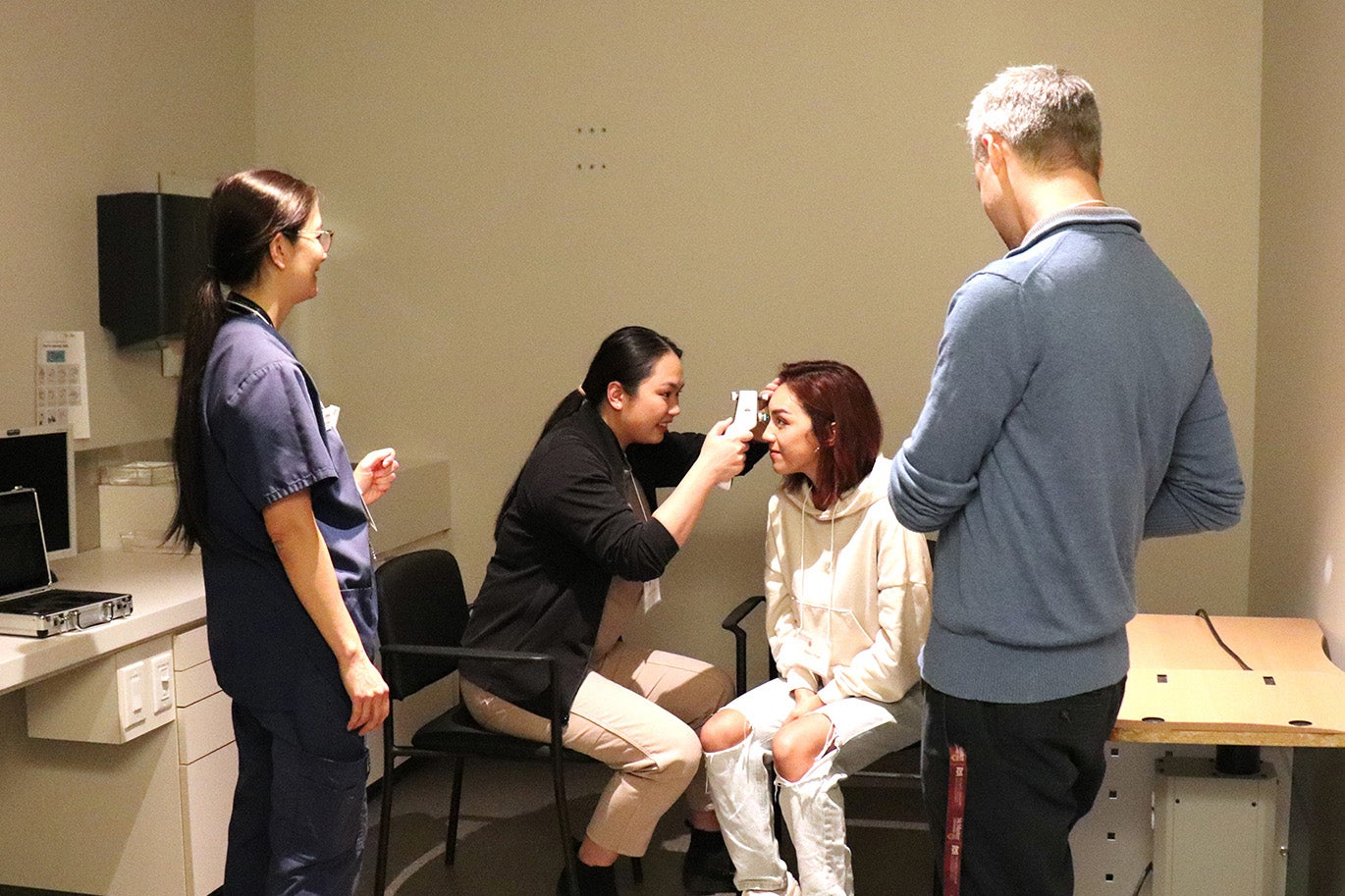
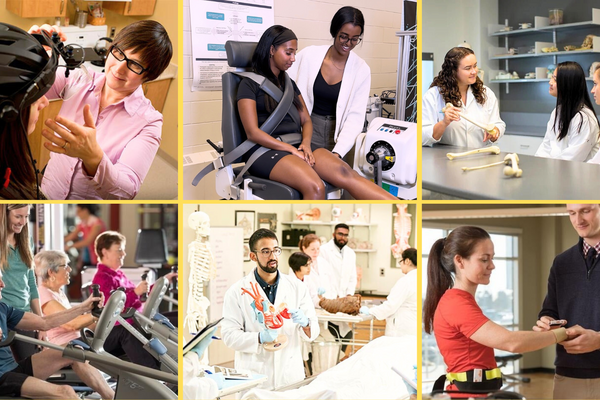
Read more
From optometry and pharmacy to public health and therapeutics, Waterloo alumni are powering Canada’s health care sector

Read more
Here are the people and events behind some of this year’s most compelling Waterloo stories
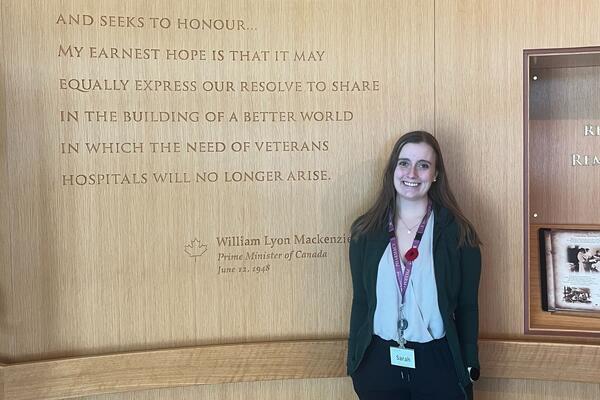
Read more
Waterloo pharmacy alum and Sunnybrook Health Science Centre team deliver compassionate care to those who have served in the Canadian military
The University of Waterloo acknowledges that much of our work takes place on the traditional territory of the Neutral, Anishinaabeg, and Haudenosaunee peoples. Our main campus is situated on the Haldimand Tract, the land granted to the Six Nations that includes six miles on each side of the Grand River. Our active work toward reconciliation takes place across our campuses through research, learning, teaching, and community building, and is co-ordinated within the Office of Indigenous Relations.